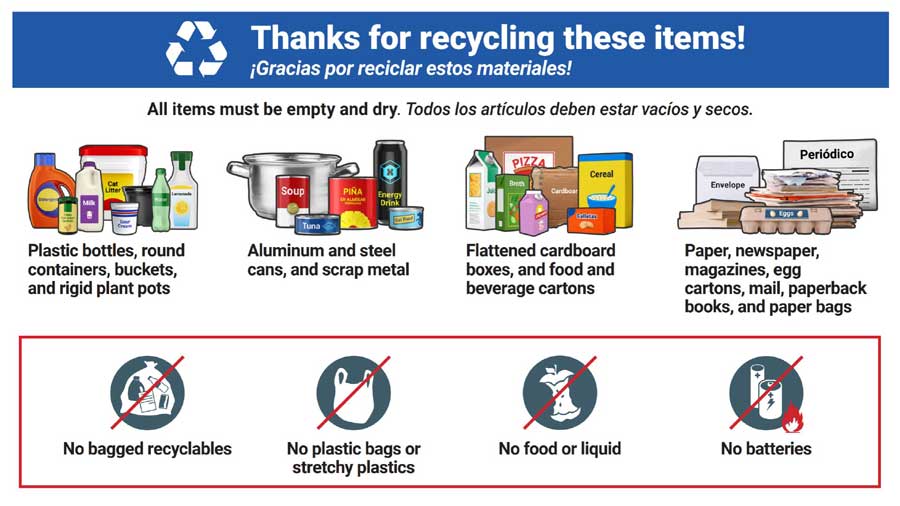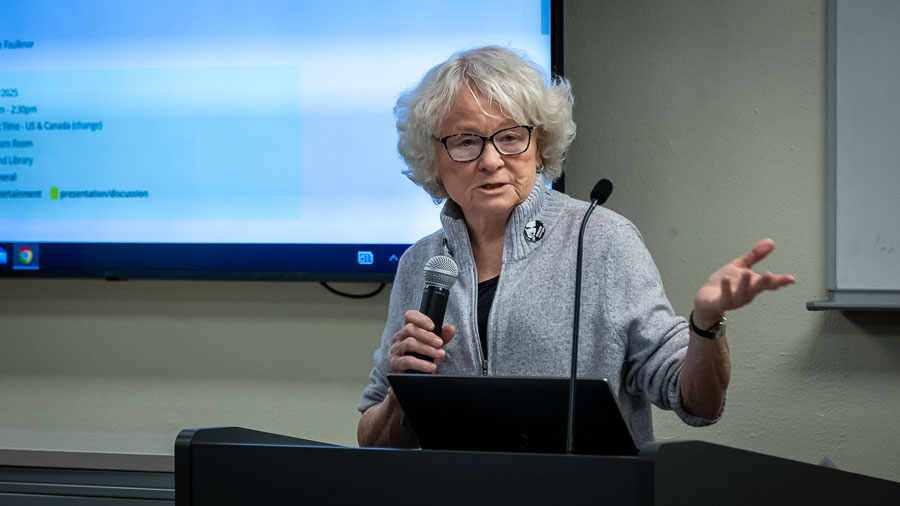OTHER VIEWS: Treat drug addiction as public health crisis
Published 5:30 am Monday, February 19, 2024

- other views logo
After listening to hours of contentious testimony about Measure 110 in the Legislative, it struck me that everyone who testified for and against the recriminalization of hard drugs was coming from the same place.
All acknowledged, at least implicitly, that opioids like fentanyl are dangerous, that persistent use of them is bad for mind and body and that addiction to such drugs destroys lives, bereaves families and tears at the fabric of a humane society.
Another observation: Those who shared the most compelling stories of family tragedy and personal loss, whatever their views of Measure 110, appeared to agree that our addiction crisis is a public health crisis, in which access to effective treatment is the most urgent and compelling response.
Beyond this first response, however, we lose our way. We diverge in our assessment of lessons learned from the “war on drugs” and in our willingness to consider the range of responses that will be necessary to overcome this human crisis in our midst. A return to the public health model could help get us back on a common track.
Public health advocates are fond of talking about upstream and downstream distinctions when it comes to chronic disease and systemic health problems. Tackling the causes of those problems — whether unhealthy diets, unsanitary living conditions or unequal access to early diagnosis and care — is often the most effective way to control what would otherwise overwhelm our capacity to respond to downstream needs of epidemic proportions.
But this is not a distinction that opponents of restoring criminal penalties for harmful drug use seem willing to acknowledge. They oppose even light-touch penalties for persistent use. Measure 110’s supporters focused instead on the downstream need for more and better treatment options.
Yes, we need to ramp up our capacity for effective treatment. But we also need to recognize the multiple upstream causes of today’s addiction crisis and how those causes exacerbate how Measure 110 has become a problem of our own making.
Tolerance of the use of unprescribed opioids and related hard drugs has made them easier to obtain and harder to interdict. Further, allowing the use of such drugs in public has fostered revulsion and resentment in response to a problem that requires our understanding and engagement.
Meanwhile, most of those cited for public use are not opting for treatment. A better-funded effort to expand our capacity for treatment is clearly necessary; but it’s also insufficient. In a society governed by Measure 110, we may never be able to stem what has become an epidemic of addiction by continuing to rely on late-stage, voluntary treatment models.
Measure 110 doesn’t deserve all the blame for our current crisis. It’s just one of many contributing causes, including the toxic potency of drugs now on the street. But it’s a mistake we made — and one we need to fix.
I was one of the majority of Oregonians who voted for Measure 110 — in part because of the injustices and failings of a punitive criminalization regime and in part because of wishful thinking about the capacity of those in the throes of addiction to respond to offers of treatment.
I wouldn’t vote for it today, nor would I want to go back to the laws in effect before its passage.
Let this be our lesson learned from Measure 110. We can’t afford to focus only on building out and improving our treatment systems without doing a better job of interdicting the supply and availability of dangerous drugs, setting limits on what we will tolerate when it comes to the use of such drugs in public and intervening early on with those on the path to addiction.
Some version of criminal penalties for persistent use, with meaningful diversion options for effective treatment, will be necessary at this juncture to address the upstream failings of Measure 110 and fix the greater harms it has created in its wake.










